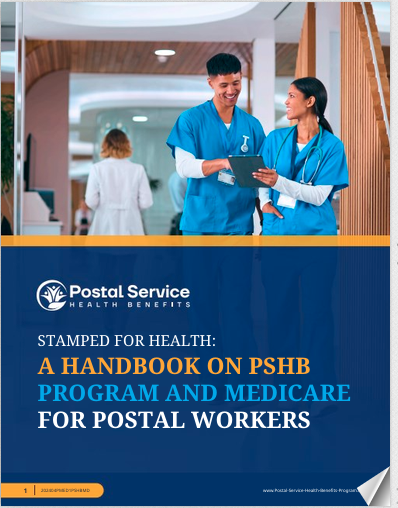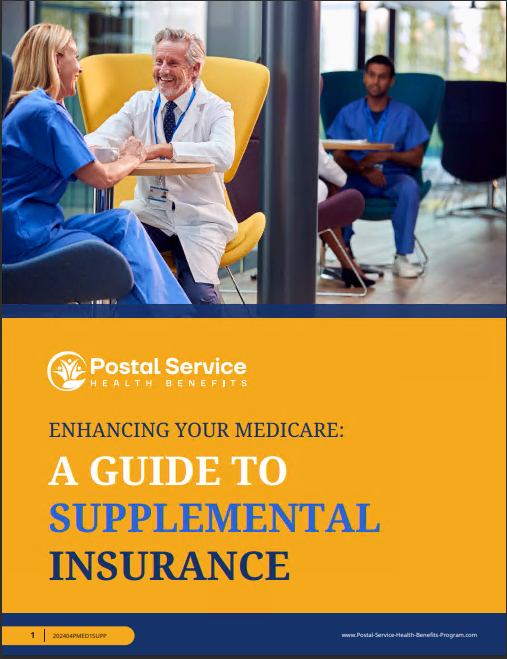Key Takeaways
-
The Postal Service Health Benefits (PSHB) program offers exclusive healthcare advantages tailored for postal workers and retirees, ensuring comprehensive coverage and cost-sharing options.
-
Understanding PSHB’s structure, eligibility, and benefits can help you make informed decisions about your healthcare in 2025 and beyond.
What Makes PSHB Stand Out?
If you’re part of the postal workforce, you might be wondering what sets the Postal Service Health Benefits (PSHB) program apart from other federal healthcare plans. Well, you’re in for some good news. PSHB is designed specifically with postal employees and retirees in mind, offering benefits that cater to your unique needs. Whether you’re still on the job or enjoying retirement, PSHB provides a level of coverage that keeps your health a priority while ensuring financial stability.
Who Qualifies for PSHB?
PSHB isn’t open to just anyone—it’s exclusively for current and retired postal employees and their eligible family members. To qualify, you must be:
-
A current USPS employee eligible for health benefits.
-
A retired postal worker.
-
A family member covered under a postal employee’s or retiree’s plan.
One key point to keep in mind: If you’re a retiree, enrolling in Medicare Part B is required to maintain your PSHB coverage unless you fall under one of the few exceptions. This integration is designed to keep costs lower while ensuring access to robust healthcare benefits.
How PSHB Compares to FEHB
Before 2025, postal employees were covered under the Federal Employees Health Benefits (FEHB) program. With the transition to PSHB, there are a few notable changes:
-
PSHB is separate from FEHB, meaning postal workers and retirees now have their own dedicated healthcare system.
-
Plan options remain broad, ensuring you still have a variety of choices based on your healthcare needs.
-
Government contributions stay consistent, covering a significant portion of premiums, just like under FEHB.
-
Medicare integration is stronger, helping retirees reduce out-of-pocket costs.
If you were previously enrolled in FEHB, you were automatically transitioned into a PSHB plan that closely matches your former coverage. However, reviewing your options during Open Season ensures that you’re in the plan that best suits your needs.
Breaking Down the Benefits
Comprehensive Coverage for Postal Workers
PSHB plans offer a full range of healthcare services, including:
-
Doctor visits (both primary care and specialists)
-
Preventive services (like screenings, vaccines, and wellness checkups)
-
Hospital stays and emergency care
-
Prescription drug coverage with cost-sharing options
-
Telehealth options for easier access to healthcare providers
This ensures that whether you’re dealing with a routine health issue or something more serious, you have the coverage you need.
Cost Considerations: Premiums, Deductibles, and Out-of-Pocket Expenses
One of the biggest concerns when choosing a healthcare plan is cost. PSHB follows a structure similar to FEHB when it comes to cost-sharing. Here’s what you should know:
-
Premiums: The government covers about 70% of the total cost of your health insurance premium.
-
Deductibles: The amount you pay before insurance kicks in varies by plan, so it’s important to compare options.
-
Copayments & Coinsurance: These out-of-pocket costs depend on the services you use and whether they are in-network or out-of-network.
-
Out-of-Pocket Maximums: There’s a cap on how much you’ll spend in a year, helping to protect against excessive medical expenses.
Prescription Drug Coverage: What You Need to Know
One major advantage of PSHB is its built-in Medicare Part D prescription drug plan for retirees. If you’re retired and enrolled in Medicare, you’re automatically enrolled in a Medicare Part D Employer Group Waiver Plan (EGWP), which helps cover medication costs while keeping overall expenses manageable. This means lower copays and a simplified prescription experience compared to standalone Medicare drug plans.
Medicare and PSHB: A Perfect Pairing
If you’re a retiree, Medicare Part B enrollment is required for PSHB coverage unless you qualify for an exemption. While some may be hesitant about the added cost of Part B premiums, the trade-off is well worth it:
-
Lower overall out-of-pocket healthcare expenses
-
Waived deductibles and reduced copayments under many PSHB plans
-
Enhanced prescription drug coverage under Medicare Part D
Coordinating PSHB with Medicare ensures that you get the most comprehensive coverage at the lowest possible cost.
Making the Most of Open Season
The Open Season for PSHB runs from November 11 to December 13, 2025. This is the time to:
-
Enroll in a plan if you’re newly eligible.
-
Switch to a different PSHB plan that better fits your needs.
-
Make adjustments based on changes in your health or financial situation.
If you miss Open Season, you’ll have to wait until the next year unless you experience a Qualifying Life Event (QLE), such as marriage, divorce, or the birth of a child.
What If You’re Retiring Soon?
If you’re nearing retirement, planning for your transition to PSHB is crucial. Here’s what you need to do:
-
Confirm your eligibility to continue PSHB coverage after retirement.
-
Enroll in Medicare Part B to maintain your PSHB plan.
-
Review plan options to find one that works best with your retirement budget.
-
Make any necessary changes during Open Season to ensure a smooth transition.
Retirement brings changes in healthcare needs, so taking time to review your options ensures peace of mind.
Staying Informed About Your Benefits
Healthcare benefits can be complicated, but staying informed helps you make the best choices. Regularly reviewing your plan details, keeping up with Open Season dates, and understanding how PSHB works with Medicare can prevent unexpected costs and coverage gaps.
Why PSHB Is a Smart Choice for Postal Employees
With dedicated healthcare options, strong government contributions, and built-in Medicare coordination for retirees, PSHB stands out as a reliable and cost-effective healthcare solution for postal workers. If you’re covered under PSHB, you can rest easy knowing that your healthcare needs are met with a plan designed specifically for you.
Have Questions? Speak with an Expert!
If you’re unsure about your PSHB options, it’s a good idea to speak with a licensed agent listed on this website. They can help you navigate your choices and ensure you select the best plan for your needs.







